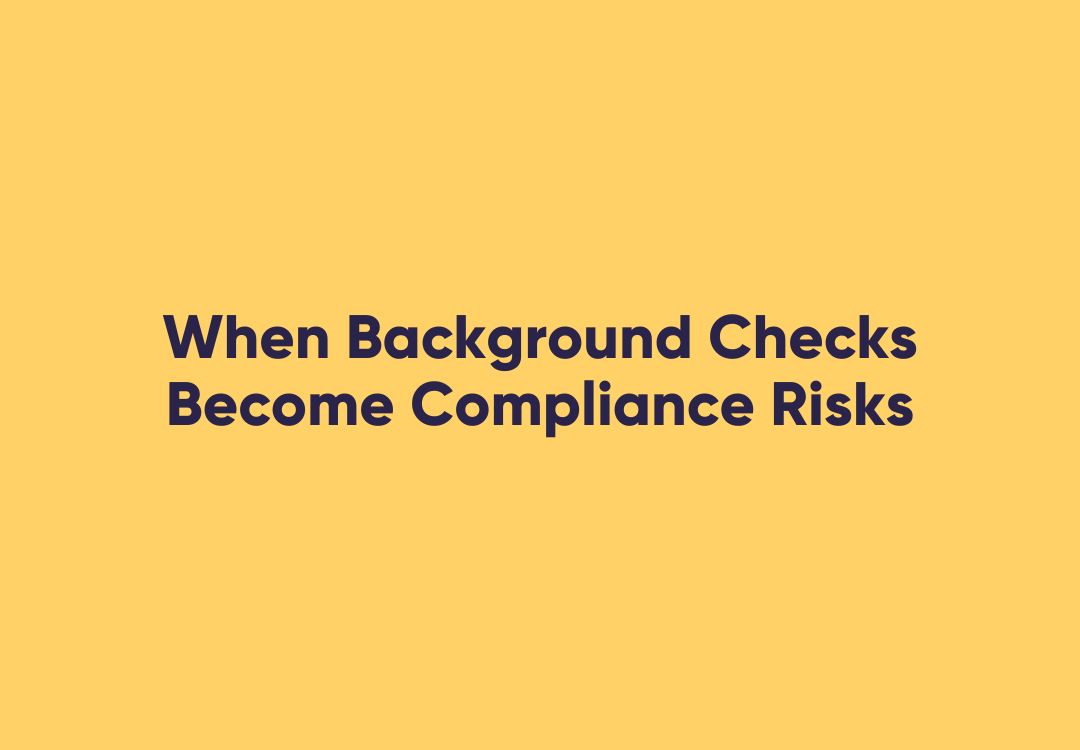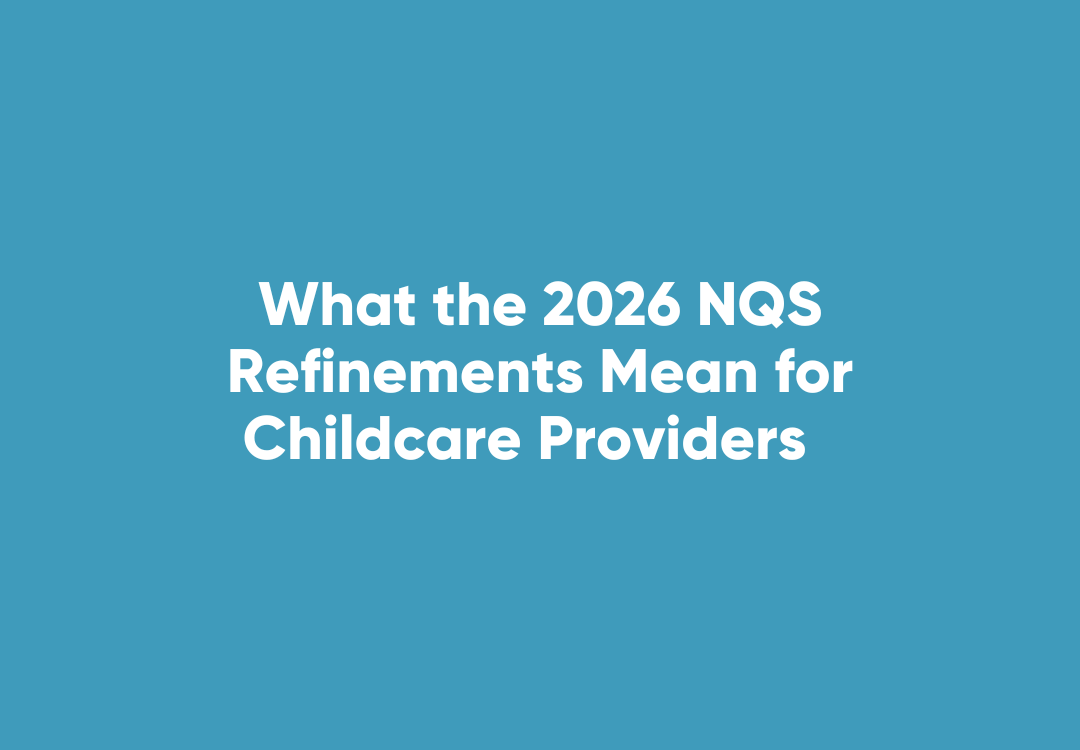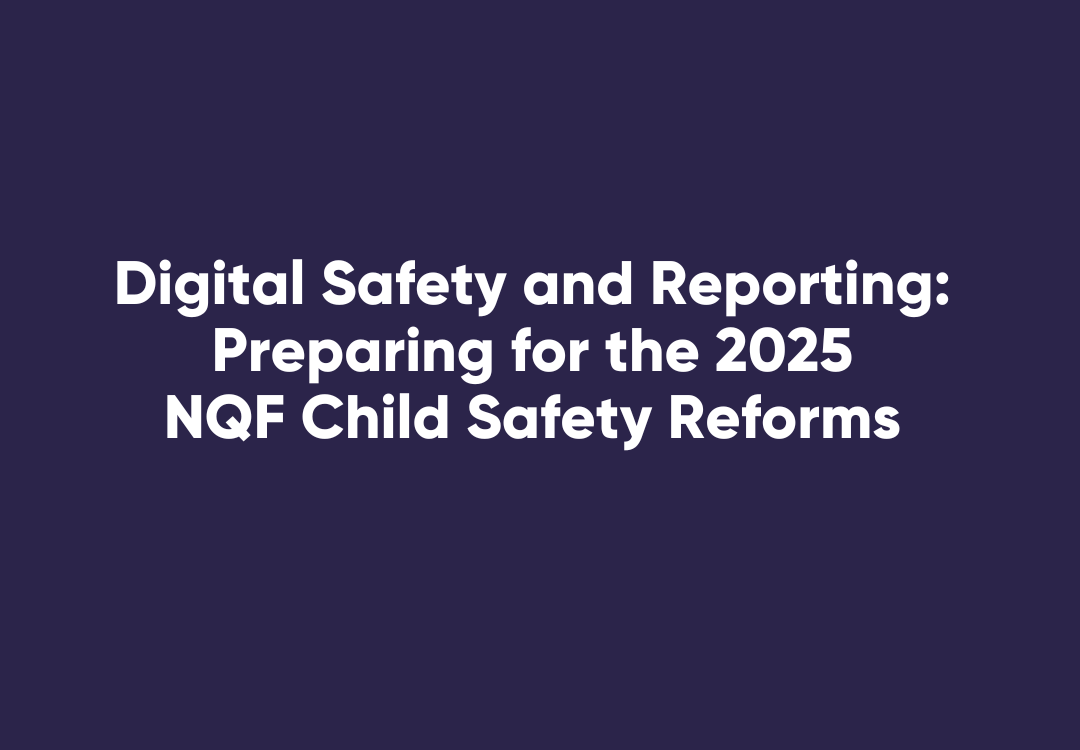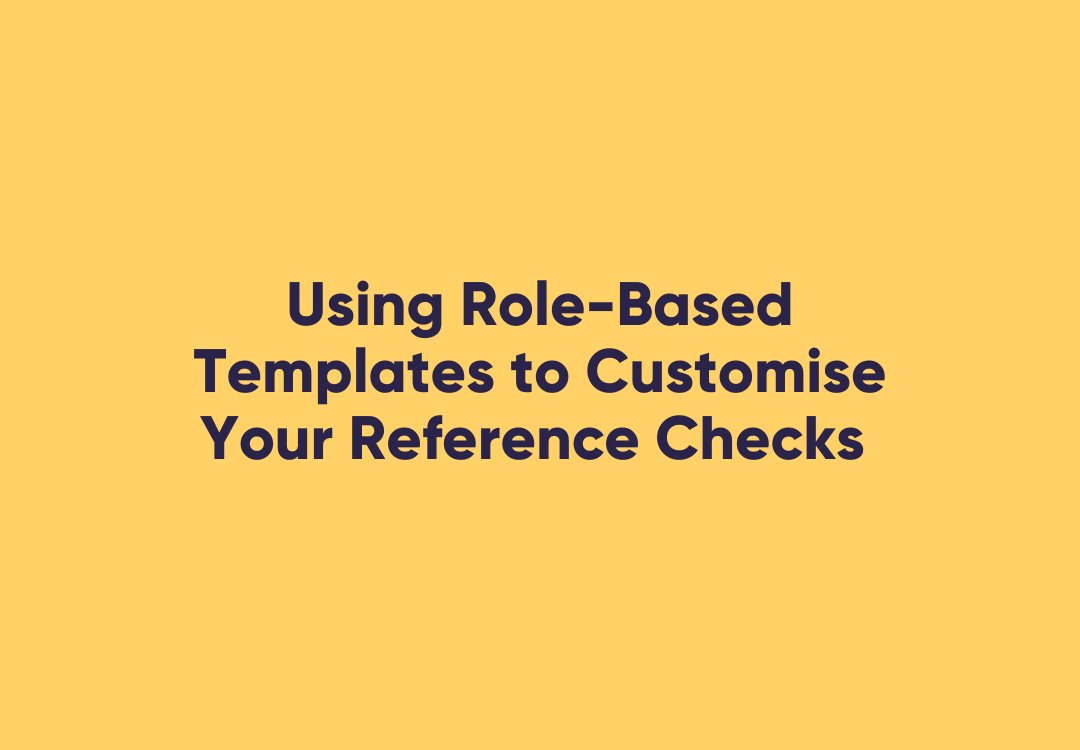Four Reasons Young Workers Are Most at Risk of Injury
Work health & safety is an important part of any HR policy, and all businesses have a duty of care and legal requirement to train their staff in best practices. But what you might not be as aware of is the attention and awareness that is needed for one of the most at-risk sections of your workforce – your young workers.
Young workers (aged 15-24) are engaged in the workforce in a number of ways, including part-time and full-time employment, casual employment and volunteering, and apprenticeships and traineeships.
It’s easy to fall into the trap of expecting young workers to know how to look after themselves and colleagues when it comes to workplace safety. However, this is not the case at all. Remember back to what it was like in the first few weeks of your very first job – how much did you think about safety, risks and hazards back then?
Young workers have one of the highest work-related injury rates of any age group (ABS 2017-18). This is second only to those towards the end of their work careers.
For HR professionals, business managers, team leaders and health and safety specialists, understanding young worker safety is critical to a safe and confident workplace. Here are 4 reasons your young workers are most at risk of serious injury, and what employers can do to protect them.
New Paragraph











